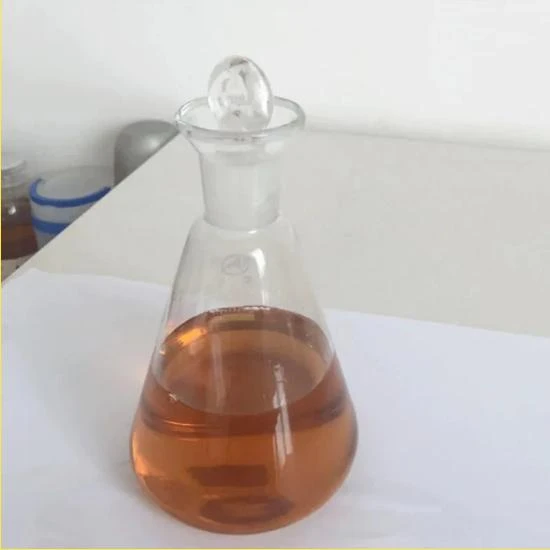
e129 food additive
Understanding E129 A Common Food Additive
Food additives play a crucial role in modern food production, enhancing flavors, preserving freshness, and improving appearance. Among these additives, E129, also known as Allura Red AC, is a synthetic dye widely used in various food products. Understanding E129's origins, uses, safety, and potential health implications is essential for consumers interested in making informed dietary choices.
What is E129?
E129 is a synthetic azo dye that belongs to the class of azo dyes, characterized by their distinctive nitrogen-to-nitrogen bonds. This vibrant red dye is commonly derived from petrochemical sources, making it a popular choice for food manufacturers looking to achieve a consistent, eye-catching color in their products. E129 is often found in confectionery, beverages, sauces, dairy products, and processed foods, contributing to the appeal of these items on grocery store shelves.
Why is E129 Used?
The primary purpose of E129 is to provide an attractive red color to food products. In a world where visual appeal significantly influences consumer decisions, E129 helps products stand out. Additionally, it may be used to enhance the color of products that have lost their natural hue during processing, ensuring that they meet consumer expectations for appearance. Beyond aesthetics, E129 is often used in combination with other food additives to improve shelf life and stability, particularly in the highly competitive and fast-paced food industry.
Regulatory Status and Safety
E129 has been approved for use in many countries, including members of the European Union and the United States, where it is subject to strict safety assessments. Various health organizations, including the Food and Drug Administration (FDA) and the European Food Safety Authority (EFSA), have established acceptable daily intake (ADI) levels to ensure consumer safety. Research indicates that when consumed within these limits, E129 is generally considered safe for the majority of the population.
e129 food additive

However, some individuals may experience allergic reactions or hypersensitivity to synthetic food colors, including E129. Common symptoms can include hives, asthma, and gastrointestinal issues. This has led to increased scrutiny of artificial colorants, and some consumers are opting for products colored with natural alternatives, such as beetroot powder or turmeric.
Health Concerns
In recent years, the consumption of artificial food colorings, including E129, has sparked debate and raised concerns among health advocates and researchers. Some studies have suggested potential links between artificial dyes and behavioral issues in children, including hyperactivity. While findings are not conclusive, they have spurred organizations like the Hyperactive Children’s Support Group to call for a reduction or ban on artificial colorings in foods targeted at children.
Public perception of E129 and similar additives may also be influenced by rising health trends focused on whole foods and natural ingredients. Many consumers are becoming more aware of what goes into their food, prompting a shift towards cleaner labeling and transparency in food production.
Making Informed Choices
For consumers concerned about food additives like E129, being informed is key. Reading food labels and choosing products that are free from artificial colors can help individuals align their dietary choices with their health values. Additionally, opting for whole, minimally processed foods can reduce exposure to synthetic additives and enhance overall nutrition.
In conclusion, E129 is a widely used food additive that enhances the visual appeal of many products. While it is considered safe by regulatory agencies, consumer awareness around synthetic dyes is growing. As diets evolve and preferences shift towards natural ingredients, both consumers and manufacturers are navigating the balance between aesthetics and health, contributing to a dynamic food landscape. Understanding what goes into our food empowers consumers to make informed choices that reflect their health needs and preferences.
-
Understanding Synthetic Rubber OptionsNewsApr.27,2025
-
Trichloroisocyanuric Acid: Essential for Clean and Safe WaterNewsApr.27,2025
-
Sodium Dichloroisocyanurate: Key to Safe Water TreatmentNewsApr.27,2025
-
Sodium Acid Pyrophosphate: Essential in Modern Food ProcessingNewsApr.27,2025
-
Essential Water Treatment ChemicalsNewsApr.27,2025
-
Denatured Alcohol and Its Industrial UsesNewsApr.27,2025
-
The Versatile Uses of Sodium BicarbonateNewsApr.24,2025
Hebei Tenger Chemical Technology Co., Ltd. focuses on the chemical industry and is committed to the export service of chemical raw materials.
-

view more DiethanolisopropanolamineIn the ever-growing field of chemical solutions, diethanolisopropanolamine (DEIPA) stands out as a versatile and important compound. Due to its unique chemical structure and properties, DEIPA is of interest to various industries including construction, personal care, and agriculture. -

view more TriisopropanolamineTriisopropanolamine (TIPA) alkanol amine substance, is a kind of alcohol amine compound with amino and alcohol hydroxyl, and because of its molecules contains both amino and hydroxyl. -

view more Tetramethyl Thiuram DisulfideTetramethyl thiuram disulfide, also known as TMTD, is a white to light-yellow powder with a distinct sulfur-like odor. It is soluble in organic solvents such as benzene, acetone, and ethyl acetate, making it highly versatile for use in different formulations. TMTD is known for its excellent vulcanization acceleration properties, which makes it a key ingredient in the production of rubber products. Additionally, it acts as an effective fungicide and bactericide, making it valuable in agricultural applications. Its high purity and stability ensure consistent performance, making it a preferred choice for manufacturers across various industries.











